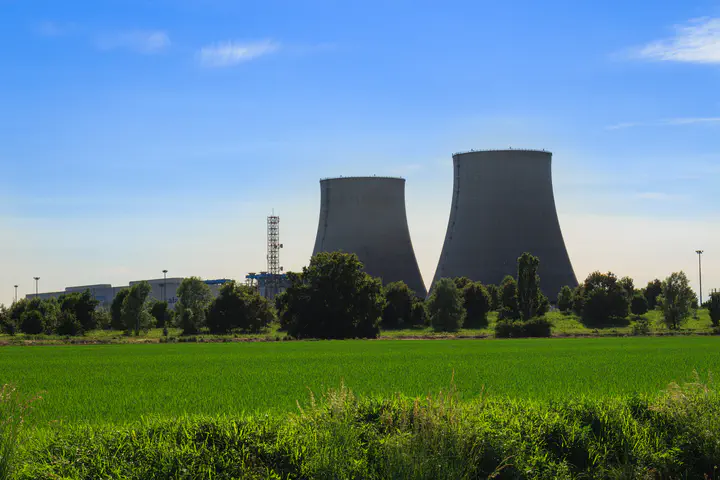 Trino Vercellese power plant
Trino Vercellese power plantAbstract
Scientists’ human capital is the main factor in the production of knowledge. I study how flexible field-specific human capital is, trying to understand if researchers can bring valuable contributions to innovation out of their main field of studies. I focus on the careers of Italian nuclear scientists before and after the Chernobyl disaster of 1986. In 1987 in Italy a referendum stopped the production of nuclear energy, and strongly reduced fundings to research in that field. Using data from Microsoft Academic Graph, I show that after Chernobyl the amount of Italian papers published in nuclear fission decreased by 50%. Researchers who had already published in fission experienced a reduction of 24% in their citations, and 7% in published papers 15 years after the shock. Compared to other physicists, they neither moved more frequently, nor contributed permanently to more new fields.